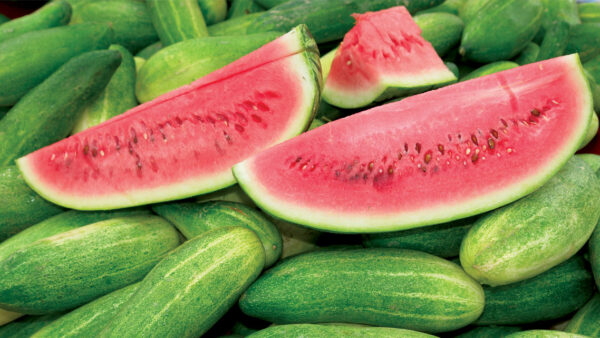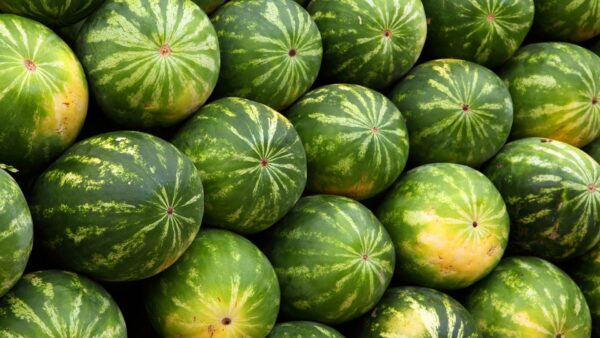The question’s been on everyone’s minds: what will supply chains and prices look like in the next year? That question carries a lot with it — what will seed prices look like for the next year? Will seed deliveries make it to their destination on time? Are there any other hiccups that could cause further disruptions?
While it’s impossible to read the future, two economic experts are helping us feel out for what supply chains are looking like in 2023 and how prices might affect the next growing season. Join us on Seed Speaks Wednesday, August 17 at 12:00 CDT with expert speakers Michelle Klieger of Stratagerm Consulting and Barry Prentice of the University of Manitoba.
Klieger is an agricultural economist with 15 years of sector experience. She works with the key stakeholders in the global seed industry and ag tech companies, amongst others, as an economist and a business strategist. Klieger is a professor of economics at Bentley University, she holds a master’s in agriculture economics from Purdue University and a masters of business administration from Indiana University’s Kelley School of Business.
Prentice is a professor of Supply Chain Management, at the I.H. Asper School of Business, University of Manitoba, and former director of the Transport Institute (1996-2005). In 1999, National Transportation Week named him Manitoba Transportation Person of the Year. He was instrumental in founding a new Department of Supply Chain Management (SCM) at the I. H. Asper School of Business in 2003 that now offers undergraduate and graduate degrees in this field. In 2009, Prentice was made an Honorary Life Member of the Canadian Transportation Research Forum. Since 2015, he is a Fellow in Transportation at the Northern Policy Institute.
Tune in at:
Read More:
Delayed Planting Dates Prove to be a Greater Concern than Abiotic Stressors this Season
How to Manage Abiotic Stresses During Pollination









